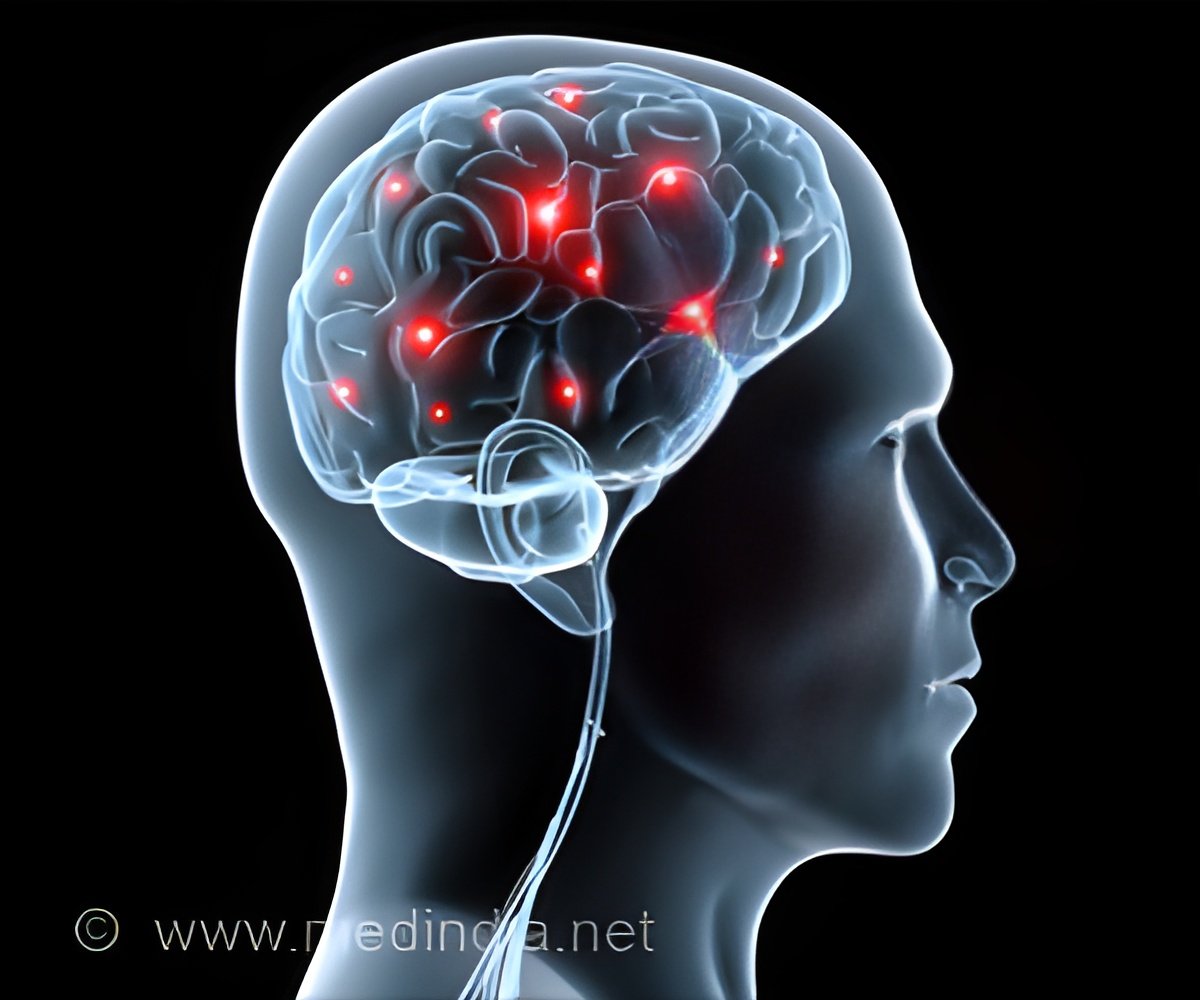
Although researchers are well acquainted with the neurons of the amygdala and with the part those neurons play in expressing fear, their knowledge of the involvement of other regions of the brain remains limited. And yet, there can be no fear without sensory stimulation: before we become afraid, we hear, we see, we smell, we taste, or we feel something that triggers the fear. This sensory signal is, in particular, processed in the cortex, the largest region of the brain.
For the first time, these French and Swiss scientists have succeeded in visualising the path of a sensory stimulus in the brain during fear learning, and in identifying the underlying neuronal circuits.
What happens in the brain?
During the experiments conducted by the researchers, mice learnt to associate a sound with an unpleasant stimulus so that the sound itself became unpleasant for the animal.
The researchers used two-photon calcium imaging to visualise the activity of the neurons in the brain during this learning process. This imaging technique involves injecting a chemical indicator that is then absorbed by the neurons. When the neurons are stimulated, the calcium ions penetrate into the cells, where they increase the brightness of the indicator, which can then be detected under a scanning microscope.
Advertisement
In order to confirm their discoveries, the researchers used another highly innovative recent technique (optogenetics) to disrupt the disinhibition selectively during the learning process. When they tested the memories of their mice (i.e. the association between the sound and the unpleasant stimulus), the next day they observed a severe deterioration in memory, directly showing that the phenomenon of cortical disinhibition is essential to the process of learning fear.
Advertisement
Source-Eurekalert










